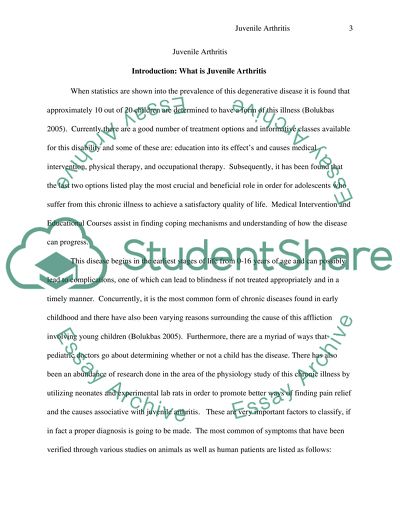Cite this document
(“Juvinile Arthritis Essay Example | Topics and Well Written Essays - 3000 words”, n.d.)
Retrieved from https://studentshare.org/health-sciences-medicine/1529678-juvinile-arthritis
Retrieved from https://studentshare.org/health-sciences-medicine/1529678-juvinile-arthritis
(Juvinile Arthritis Essay Example | Topics and Well Written Essays - 3000 Words)
https://studentshare.org/health-sciences-medicine/1529678-juvinile-arthritis.
https://studentshare.org/health-sciences-medicine/1529678-juvinile-arthritis.
“Juvinile Arthritis Essay Example | Topics and Well Written Essays - 3000 Words”, n.d. https://studentshare.org/health-sciences-medicine/1529678-juvinile-arthritis.


